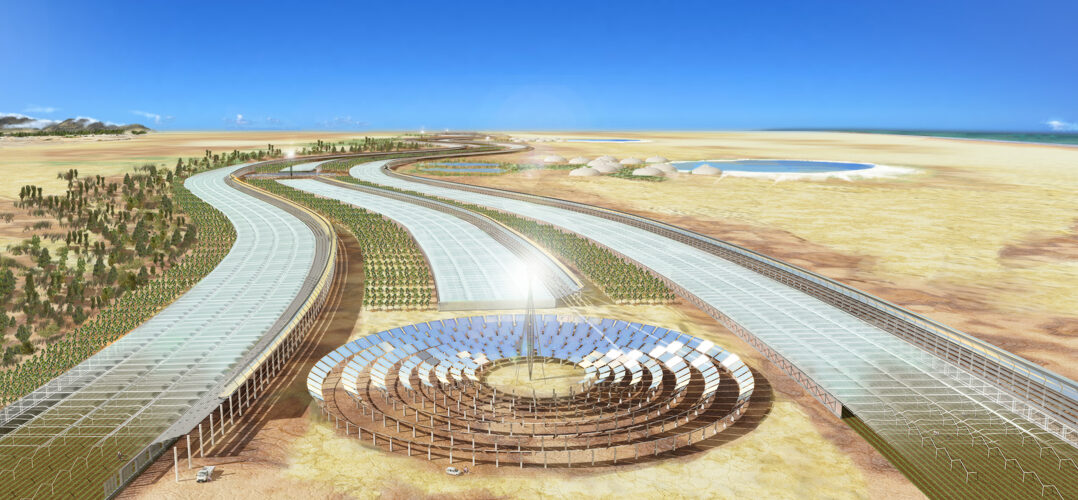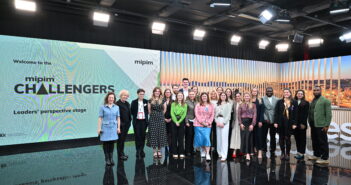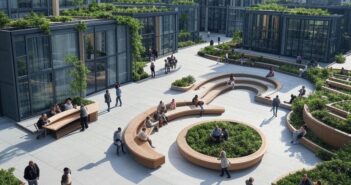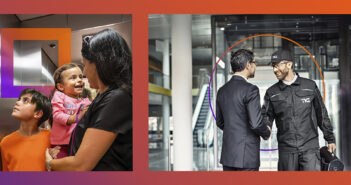Plastic islands floating in the middle of the ocean. Entire cities submerged by devastating storm seasons. Emaciated polar bears adrift on a small patch of arctic ice. Facing the ugly images of man’s effect on the natural world seems to be a daily occurrence. These visceral pictures and the gloomy editorial attached to them usually inspire a combination of sadness and anger.
But who are we mad at? Most of us imagine an oil industry or consumer goods executive, expensing caviar and champaign aboard their private jets as the world burns below them. But the people that might be most deserving of our contempt might be the often well-intentioned people that design, build, manage and own our built world.
You see, in the US, buildings account for around 40 percent of the country’s total energy consumption and almost 40 percent of the country’s waste comes from construction. This isn’t only an American problem, mind you as most modern nations have similar stats. So while it might be easy to try to single out a corrupt politician or an greedy oil baron as the enemy the truth is that we are all part of the problem, especially those of us in the property industry.
But rather than throw our hands up in self-hate and despair, we can try to learn lessons from the plants and animals that our actions threaten. That is what Michael Pawlyn, an architect and author, has decided to do. He has a particular interest in biologically inspired design approached, a school of thought called biomimicry. He thinks that the people behind the world’s buildings need to rethink our current framework, “There is a fundamental problem with the framing of sustainable design because it implies that all you have to get to is 100 percent sustainability but in fact, all you have done is gotten to, 100 percent less bad.” He thinks that our buildings and our cities should have a regenerative effect on the natural world. For that to happen we need to “raise our game in a dramatic way.”
Pawlyn thinks that the natural world has lessons that can help us raise our game. The billions of years of evolution have designed solutions to almost every problem, we just need to know where to look. He was recently tasked with creating healthy and sustainable office space and he used a number of biomimicry techniques to make it one of the healthiest and environmentally friendly in the world. One of the issues he was able to solve was how to bring natural light into the interior of a building. “This has the double benefit of being energy efficient and also be very good for human beings,” Pawlyn said. Do do this he imported an evolutionary trait from an animal called a spookfish.

This deep sea fish have adapted to a low-to-no light world by developing a concave mirror structure that can focus light onto the retina. Michael explained, “That gave us the rather straightforward idea of putting a large scale concave reflective surface so it would bounce more light into the building. We found this most valuable on the bottom floors of a building since it is very easy to get light into the top parts but much harder to get it to the lower parts.”
It is not just light that biomimicry can help utilize. For a greenhouse project, Michael was able to develop ways to harvest water from the humidity of seawater based on an adaptation of a Namibian beetle that allows it to create its own fresh drinking water. According to Pawlyn, sometimes the most simple solutions turn out to be the most elegant, “It is not about being clever, it is just about being effective,” he said.
For true change in the built world to occurs, Pawlyn thinks that we need to create our cities as a force for good. “When you are designing a city, or a part of the city, you need to start with looking at how a pristine ecosystem in that part of the world would function,” he said. “You should work out how much carbon it can sequester, how much water it can produce and much wildlife it can accommodate and then set those as the metrics to aim for.”

He understands that this will likely take more than talk. He told me that his daughter’s recent participation in the global protests have given him new appreciation for demonstrating as a way of demanding change rather than just asking for it. He told me “Not everyone is happy with peaceful civil disobedience but in the UK, the extinction rebellion protest has really moved the debate along. A lot of people working in my field have been frustrated with the slow pace of change and the lack of political courage. We are only going to get the rate of change we need with large peaceful protests.”
He understands that changing a system as complicated as the global economy won’t happen overnight. The short term mentality that our election cycles and investment timelines have created don’t incentivise big initiatives that need years or even decades to pay off. But he thinks that the sacrifices are worth it. We are just one small piece of a larger natural world. If our actions destabilise the ecosystem it will be to our peril. It will require a fundamental shift in the way we see nature to move us to a more symbiotic relationship with the earth. Instead of seeing nature as something to be conquered, we need to view it as a source of wonder and a source of inspiring solutions to help us innovate for a positive future.



